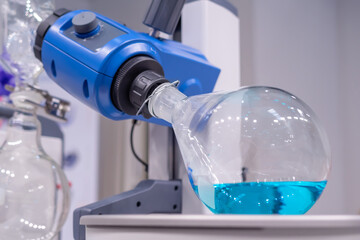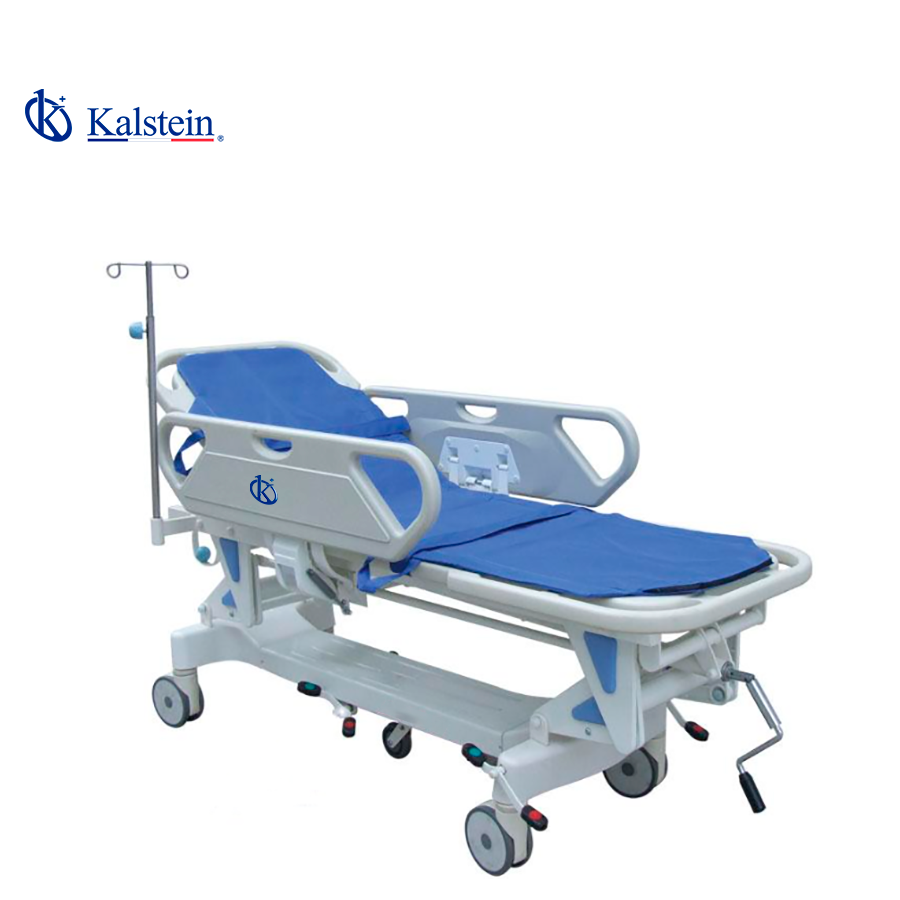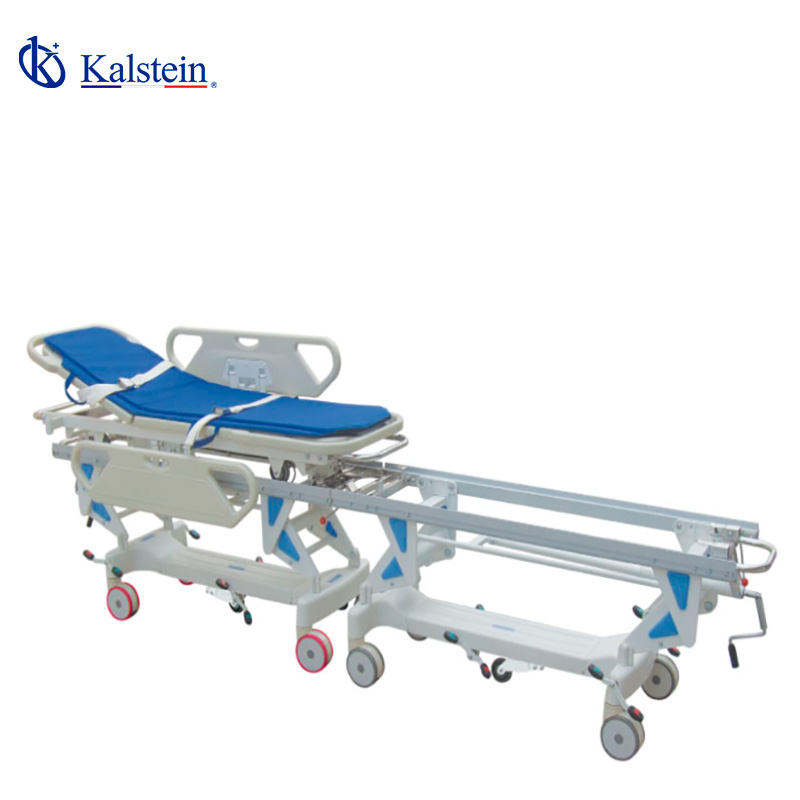A rotary evaporator is a machine used for the evaporation of liquids under low pressure. It is used in the laboratory to perform a variety of tasks, such as solvent removal, liquid fractionation, isolation of organic compounds and concentration of solutions. Although a rotary evaporator is a useful tool, it also poses a risk to job security. Because the appliance operates at low temperatures and pressures, it can produce cold steam and condensation, which can lead to burns and frostbite. Rarely, the device may also explode. For these reasons, it is important to take a few safety precautions when using a rotary evaporator.
Safety and Control of the Rotary Evaporator
A rotary evaporator is a machine used for the heat treatment of liquids. It works by applying heat to a liquid to vaporize it, and then condensing the vapor to recover the liquid. They are widely used in laboratories for evaporation and distillation.
Here are some of the most important safety measures to follow: Use the appliance in a well-ventilated area. The apparatus must be so located that the airflow is not obstructed.
Do not use the appliance if you are tired or physically impaired. Do not smoke when using the appliance.
Do not allow the appliance to go unattended when it is turned on.
Turn off the appliance and unplug it from the power source when you are not using it.
Do not touch the appliance while it is operating.
Do not use the appliance if it is damaged.
Do not use the appliance if you have not read and understood the instructions for use. If these safety guidelines are followed, rotary evaporation should be relatively safe to use. However, there is always a certain risk of an accident.
For this reason, it is important to have an emergency plan in the workplace. This would include having a fire extinguisher on hand and knowing how to turn off the appliance in case of a fire.
Safety Standards and Practices
Safety is an important consideration when working with a rotary evaporator. Safety standards and best practices must be followed rigorously to avoid accidents.
Here are some safety standards and best practices for working with a rotary evaporator:
Containers used to store liquids should be properly identified and labeled.
The liquids to be evaporated must be clean and free of impurities.
The containers in which the evaporated liquids are to be stored must be clean and dry.
The equipment must be properly installed and secured to avoid accidents.
Appropriate protective equipment, such as gloves, safety glasses and protective clothing, should be worn when working with the rotary evaporator.
The evaporation process should be monitored continuously to avoid accidents.
The rotary evaporator should be turned off and disconnected from the power source before making any adjustments or repairs.
Flammable liquids should be handled with extreme care. Direct contact with liquid and vapor should be avoided.
Special care should be taken when handling corrosive liquids.
If fluid leaks, the affected area should be immediately cleaned and disinfected.
By following these safety standards and best practices, a rotary evaporator can be safely operated and accidents prevented.
Kalstein Rotary Evaporator
At Kalstein, we offer our customers the best equipment with the best technology in all industrial sectors, giving our users an excellent experience. We have the YR series Rotary Evaporators, provides a synchronous belt drive mechanism can operate smoothly, with ultra low noise during the rotation process. Individual design of the main machine and water bath to facilitate future updates.
It has many more important features that you can enjoy visiting our catalog HERE
We are manufacturers and we have the best advice, so that your purchase is the ideal and at excellent prices. HERE



